




Did you find this useful? Give us your feedback


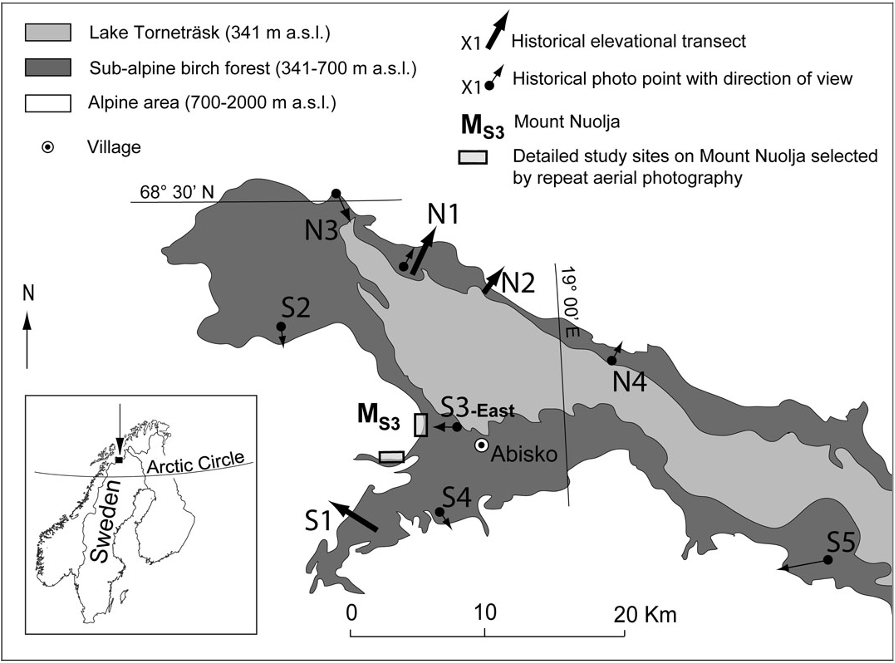
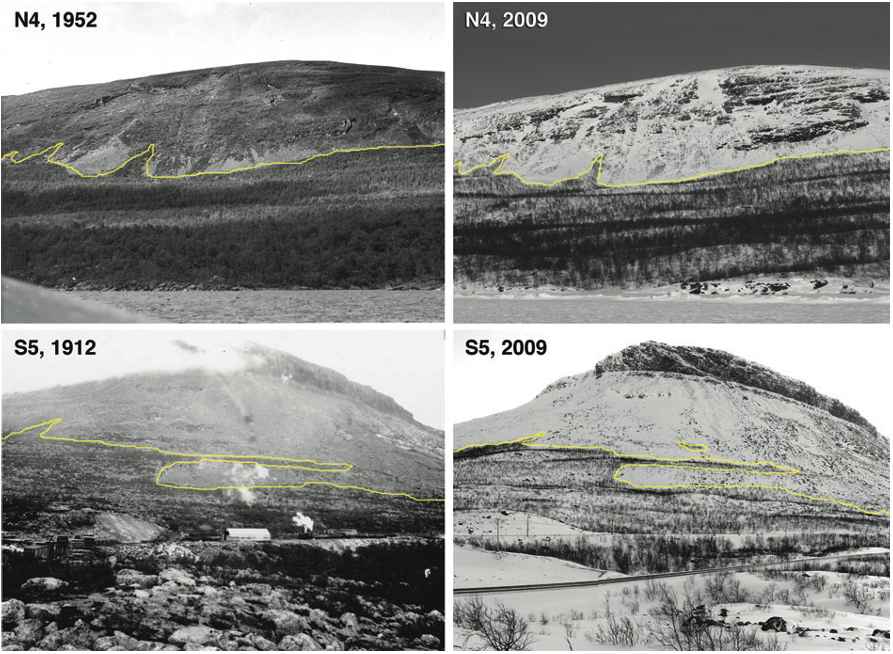
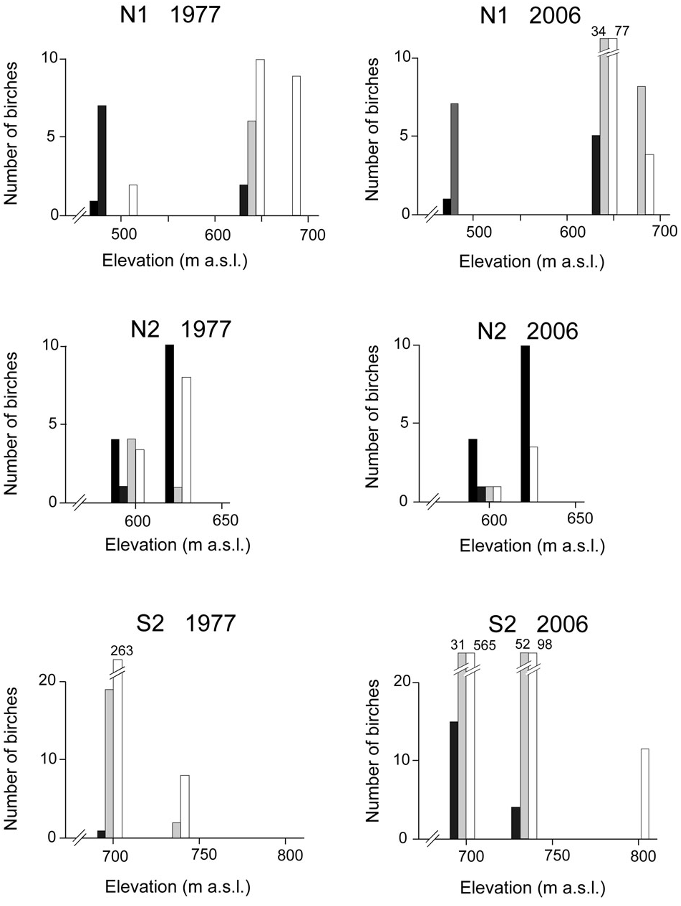
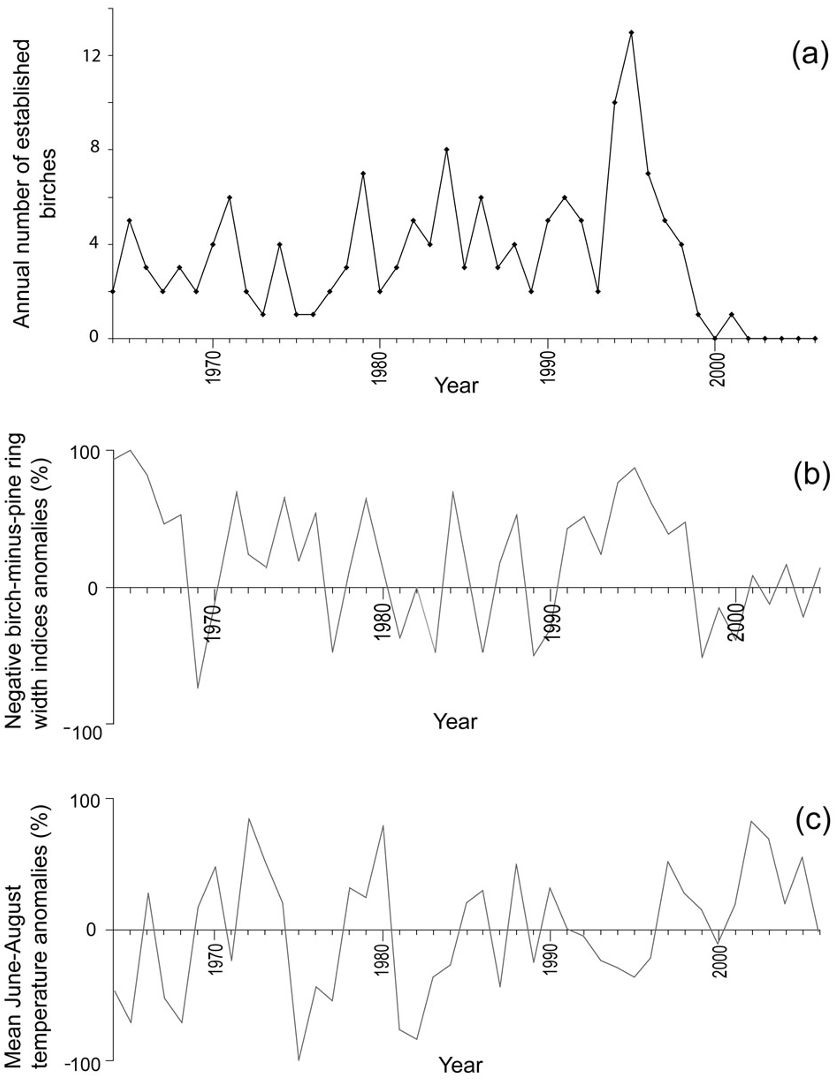
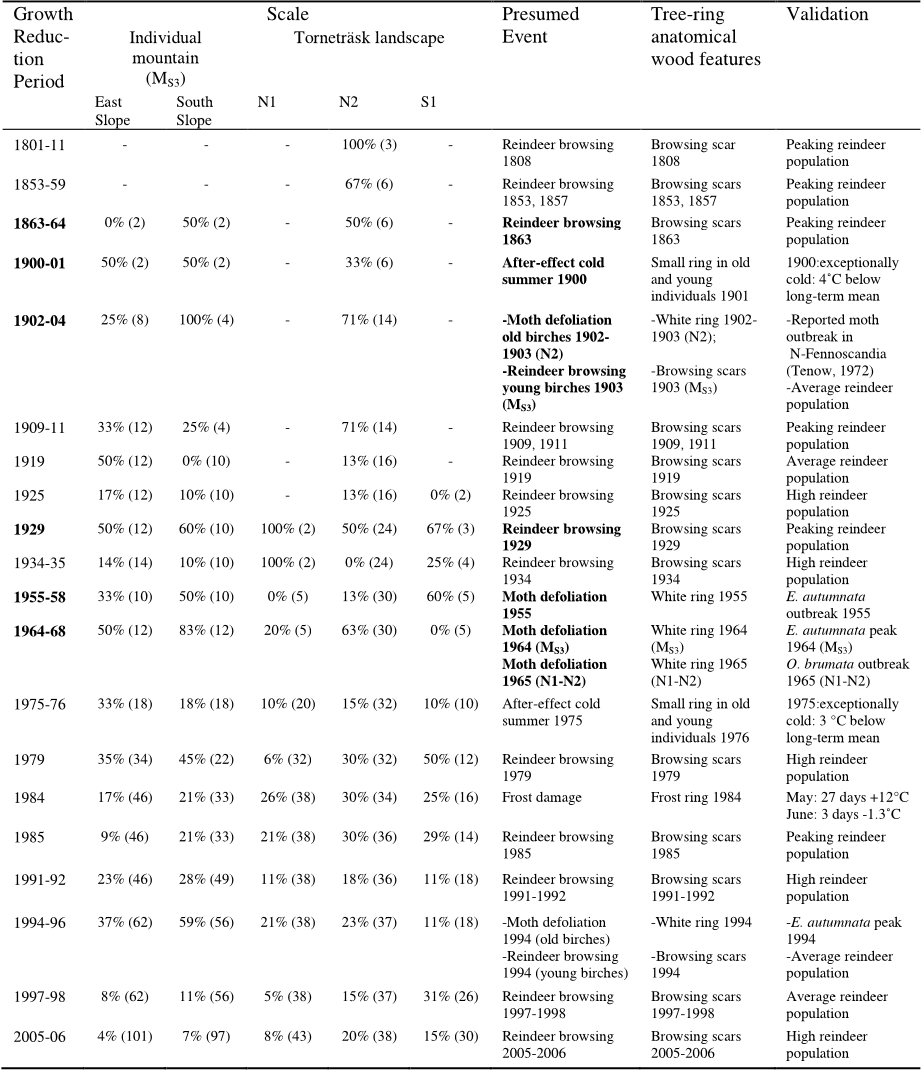
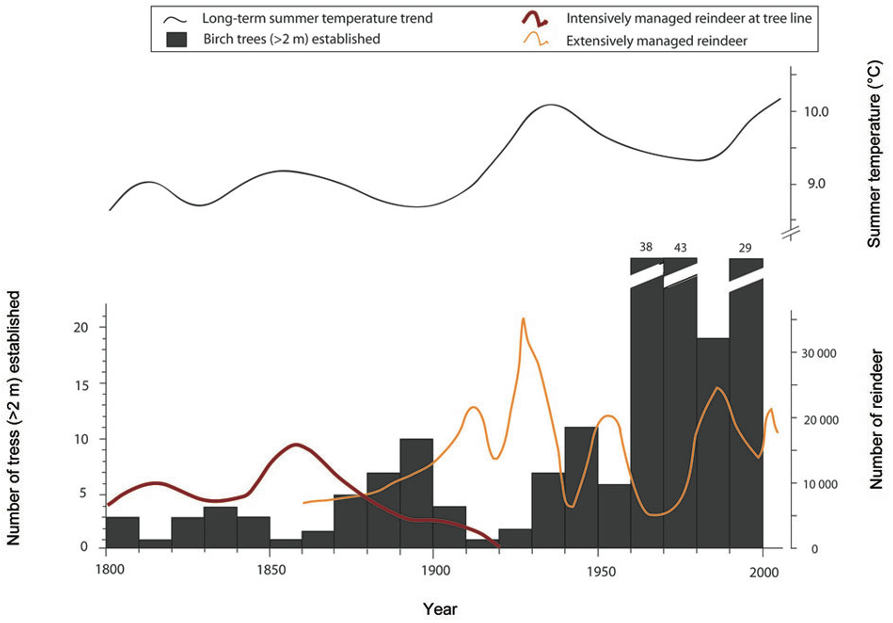
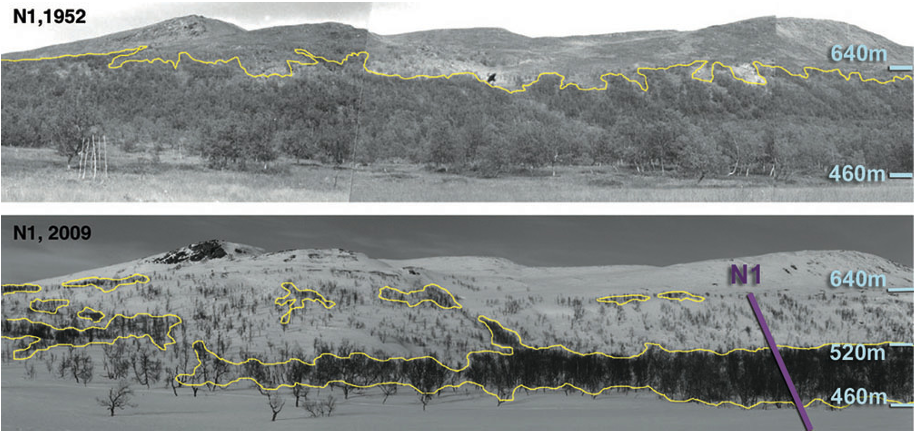





1 citations
1 citations
1 citations
...The snow depth has an impact on birch survival as well, and years with little snowpack accumulation subject the trees to exposure to wind and cold temperatures and can kill the tree, even in a dormant state (Bogaert et al. 2011)....
[...]
1 citations
...Secondly, outbreaks of autumnal moths could also cause a lot of birch trees to die (van Bogaert et al. 2011), especially in areas dominant of monocorm mountain birch (only one stem), contrary to areas of polycorm birch (many stems), since monocorm trees are more depending on dispersal by seeds to…...
[...]
...Contrary, some studies observed no effect of warming on the treeline position (van Bogaert et al. 2011)....
[...]
...As earlier mentioned, the actual effect of air- and soil temperature on growth of seedlings is still uncertain (van Bogaert et al. 2011, Kullman & Öberg 2009)....
[...]
...As earlier mentioned, the actual effect of air- and soil temperature on growth of seedlings is still uncertain (van Bogaert et al. 2011, Kullman & Öberg 2009). However, there is a series of studies that observed higher level of growth with warming, e.g. Grau et al. (2012) showed more growth with experimental warming than without when using open top chambers....
[...]
...However, the actual effect of air temperature on the treeline position is still uncertain, since studies are discordant (Kullman & Öberg 2009, van Bogaert et al. 2011), though, a correlation between air temperature and the position of the treeline has been observed around the world (Körner 2007,…...
[...]
1 citations
1,775 citations
1,311 citations
1,003 citations
...In contrast to Harsch et al. (2009) who concluded that the role of disturbance during recent climate warming is restricted to determining when tree line advance will occur, this study shows that disturbance and its after-effects may equally well determine ı́f tree line advance will occur at all....
[...]
...As the location of elevational and polar tree lines is mainly caused by heat deficiency, in the Northern Hemisphere climate warming is expected to cause tree lines to advance to higher elevations and more northerly latitudes (Harsch et al., 2009)....
[...]
...…widely held expectations of vegetation responses to warming, i.e. that Arctic tree lines will move northwards and elevational tree lines upslope (Harsch et al., 2009), this study documented highly varying tree line dynamics for the Torneträsk area in sub-Arctic Sweden during a period of…...
[...]
...A global study by Harsch et al. (2009) showed that only 52% of all 166 global tree line sites had advanced over the past 100 years despite documented amplified climate warming at high-elevation areas and northern latitudes (ACIA, 2005)....
[...]
518 citations
334 citations
...In contrast to other studies (Danby & Hik, 2007; Kullman & Öberg, 2009), slope aspect and inclination were not correlated with elevational shifts of the tree line ecotone....
[...]